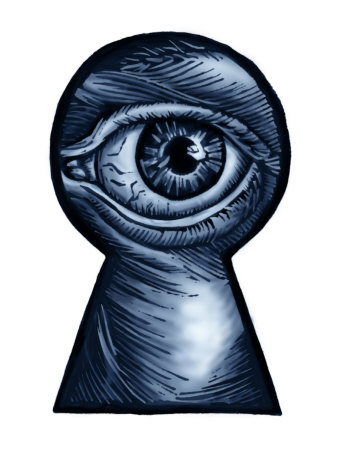How to Become More Observant
Observational skills refer to a person’s ability to notice distinctive and essential qualities in people, events, and objects. Developing observation skills is important not only for professional success but also for everyday life.
Why Develop Observational Skills?
Being observant helps you better understand what’s happening around you, notice subtle details that are often overlooked or hidden, and recognize similarities and differences between objects or situations. Improved observation skills can help you understand people’s true nature and even predict their future behavior. They also allow you to assess situations quickly and make the right decisions.
Observation is a source of ideas and inspiration in all areas of life. Many creative professionals, scientists, inventors, writers, and artists owe their achievements to their own curiosity and keen observation.
Exercises to Improve Observational Skills
Exercise 1: See the Ordinary
Try to “see” ordinary things. It may sound easy, but you’ll find it’s more challenging than it seems. Take any everyday object, preferably something colorful like a red apple, a book, or a pen. Look at it closely for a while. Don’t just stare—observe it thoughtfully and try to imprint it in your memory. Then close your eyes and mentally recall its size and details, recreating its image in your mind. Open your eyes and check what details you missed, then memorize them. Repeat this process until you can reproduce the object in your mind exactly as it is. With practice, you’ll be able to remember any object you’ve seen just once.
Exercise 2: Draw from Memory
Once you’re comfortable with the first exercise, move on to this one. Take the object you’ve studied and, using your mental image, try to draw it on paper. The goal isn’t artistic skill but to recall as many details as possible. The more details you remember, the better. After drawing, compare your sketch to the real object and note any mistakes. Redraw it until you achieve an accurate representation. Change the object frequently to keep the exercise interesting and challenging.
Exercise 3: Focus on Details
Choose an object and focus only on its details rather than the whole. Faces work especially well for this. Many people struggle to remember faces, but if you pay attention to specific features—like the shape of the eyes, nose, or lips—it becomes much easier. Practice by observing the faces of people around you: on the bus, in line, or among friends and colleagues. You’ll soon realize that every face is unique. Try describing the appearance of someone you know well; you’ll likely find your memory is vague. Make it a habit to describe the features of people you see, or even buildings and rooms. You’ll notice your observation skills improve with practice.
Exercise 4: Memory Games
Games are a great way to develop observation. Gather a group of friends or family. Take at least seven objects and cover them with a cloth. Uncover them for a count of ten, then cover them again and have everyone write down as many details as they can remember. Gradually increase the number of objects up to fifteen. You’ll be amazed at how much more you notice over time. You can also adapt this game by trying to remember items displayed in store windows as you walk by.
Exercise 5: Card Recognition
For this exercise, you’ll need a partner. Have them show you a playing card and then ask you to name its suit and value. Start by looking at the card for a few seconds, then gradually reduce the viewing time. Continue until you can identify the card with just a quick glance.
Exercise 6: Speed Reading for Meaning
This exercise helps you grasp the meaning of written text at a glance. Take an article and try to read several words, then a phrase, and eventually whole sentences or paragraphs in one look. With practice, you’ll be able to understand the gist of an entire article almost instantly. This skill is especially useful for quickly reviewing large amounts of material, such as when writing reports or research papers.
Exercise 7: Remembering Rooms
This exercise is similar to remembering faces, but now you’ll focus on a room’s layout. Enter a room and quickly scan it, noting as many details as possible: the size, furniture, windows, paintings, carpets, and other features. Leave the room and write down everything you remember. Then re-enter and compare your notes to reality. Repeat until you can recall the room’s details accurately.
Exercise 8: Daily Review
In the evening, recall everything you did during the day, everyone you met, and everything you saw and where you went. At first, it may seem like nothing special happened, but as you practice, you’ll remember more and more details and events. This will help you not only remember but also observe more effectively.



